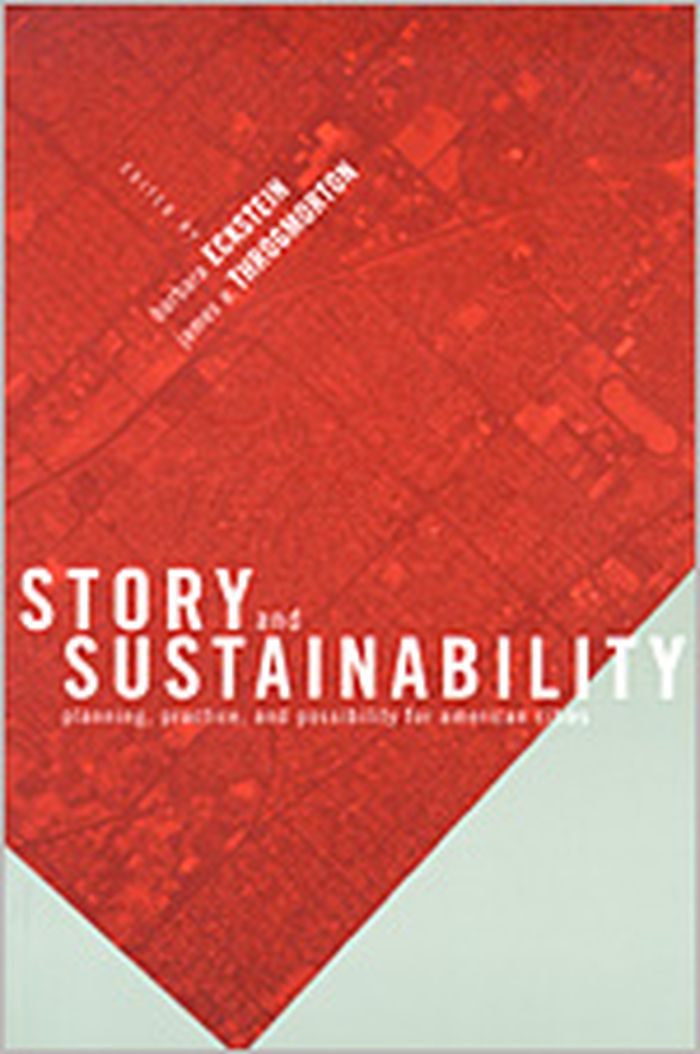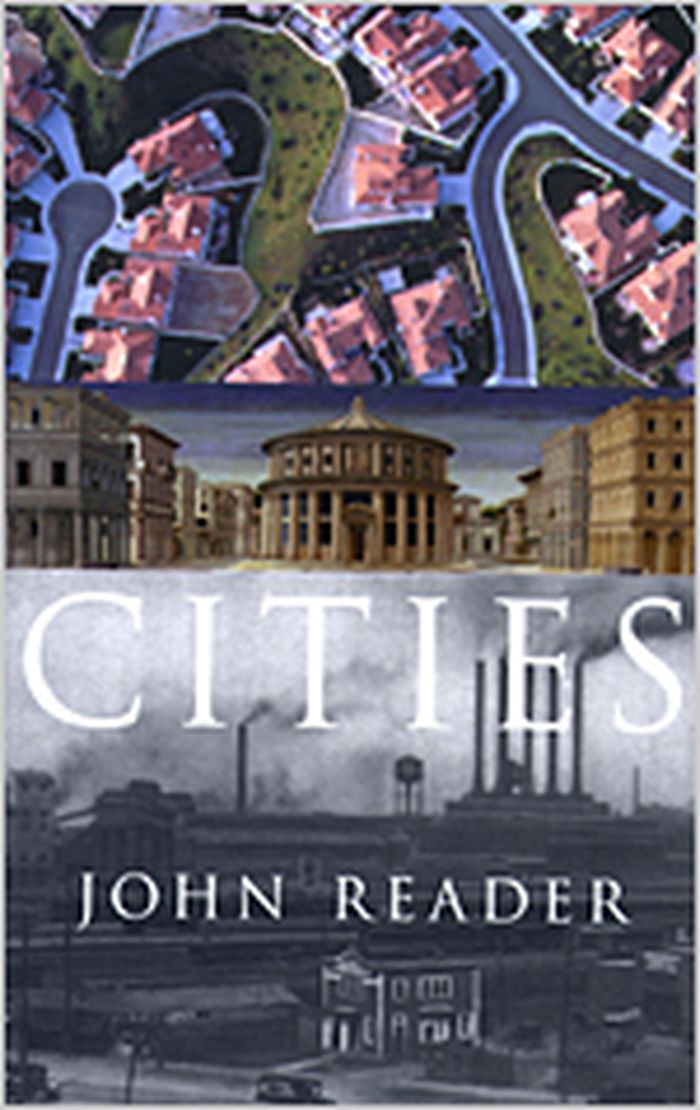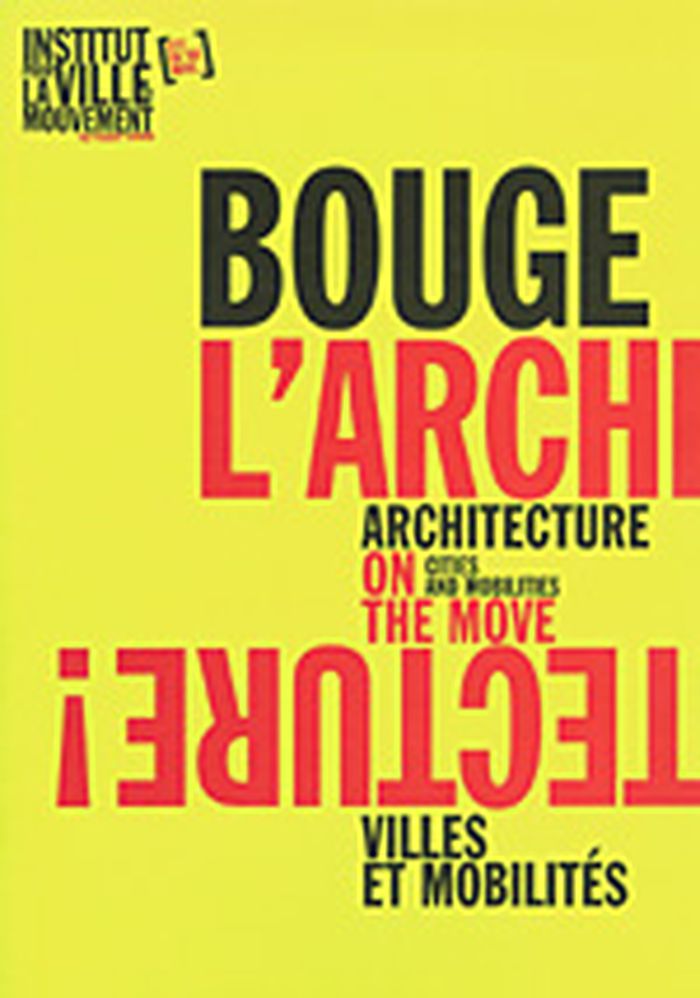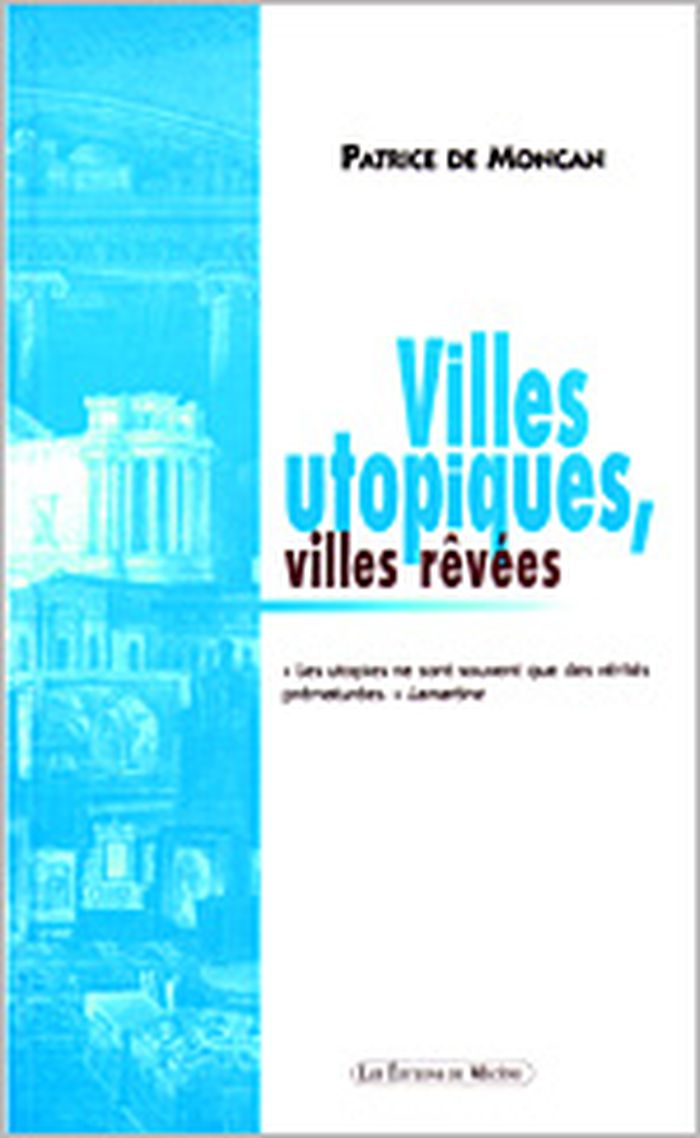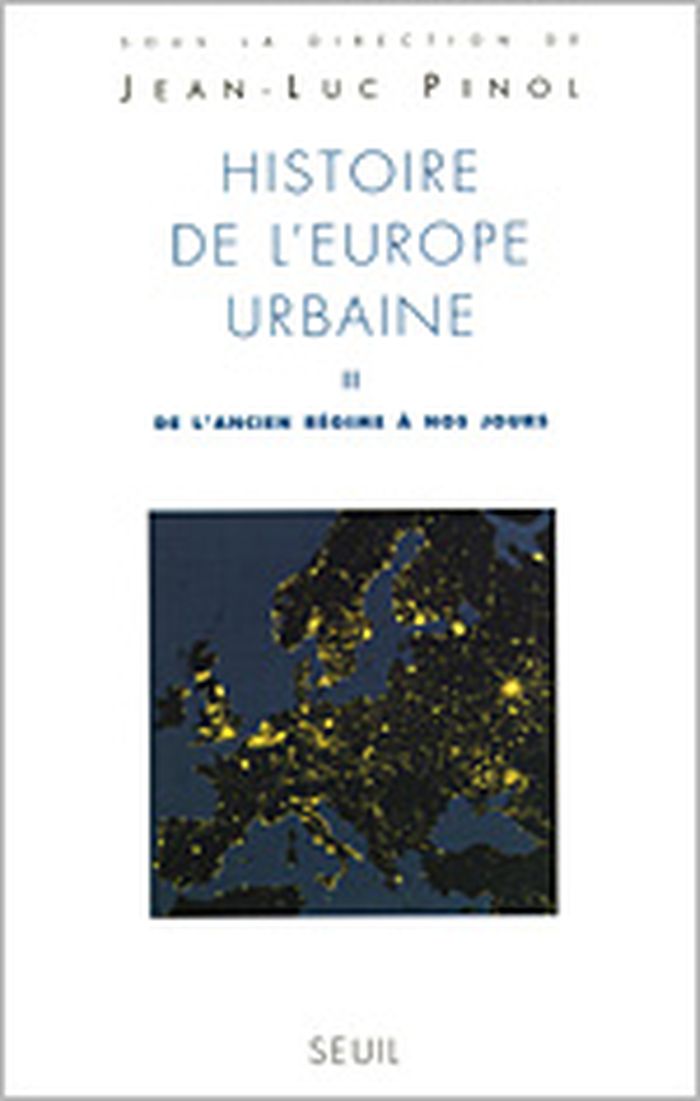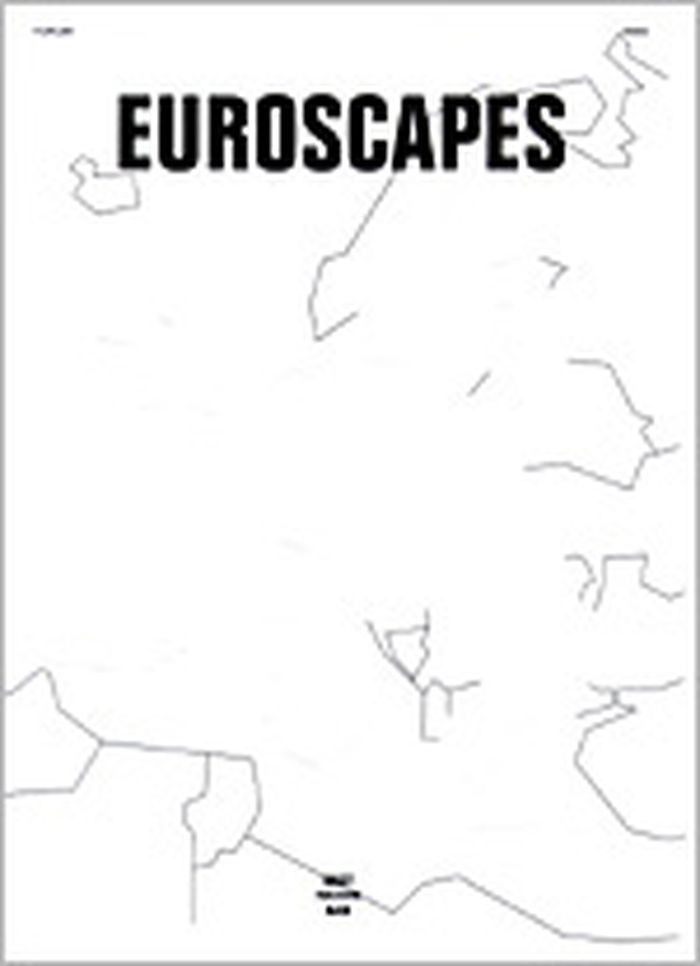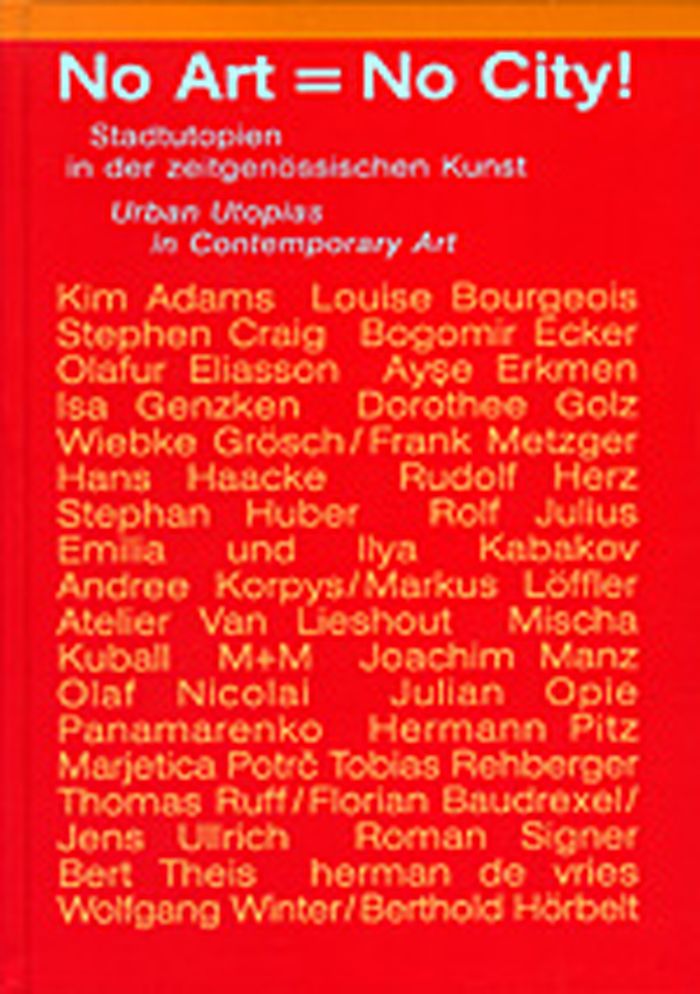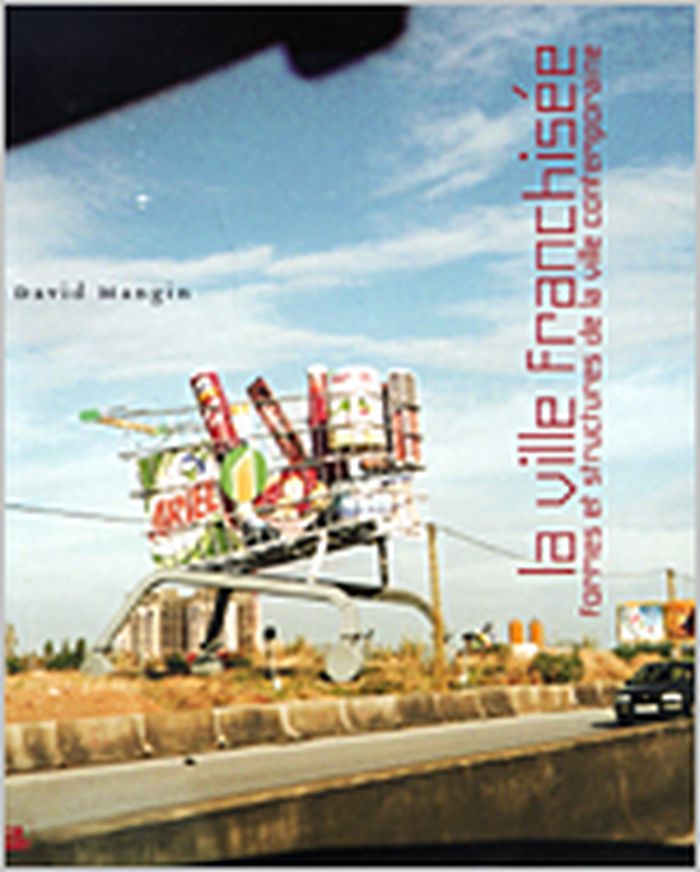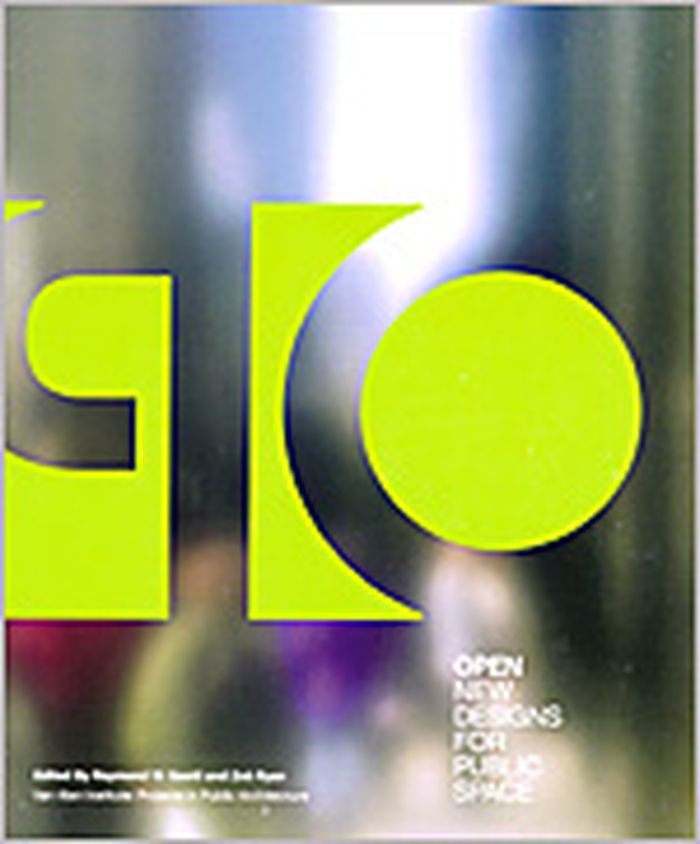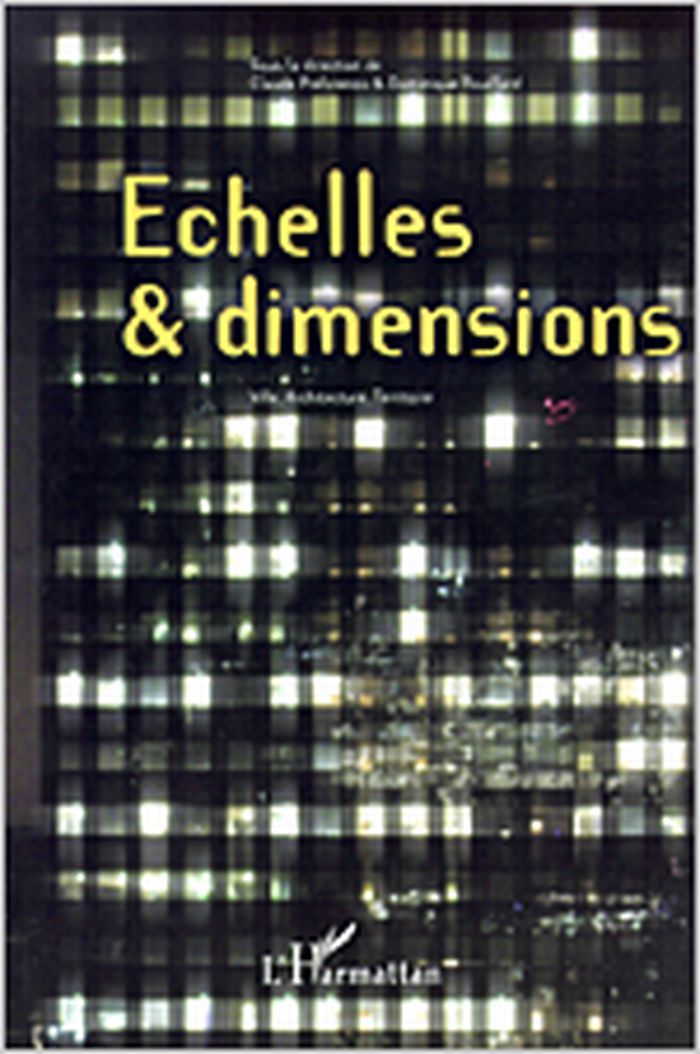$35.50
(available to order)
Summary:
"Story and Sustainability" explores the role of story in planning theory and practice, with the goal of creating U.S. cities able to balance competing claims for economic growth, environmental health, and social justice. In the book, urban practitioners and scholars from fields as diverse as American studies, English, geography, history, planning, and criminal justice(...)
Urban Theory
January 1900, Cambridge, Mass.
Story and sustainability : planning, practice, and possibility for American cities
Actions:
Price:
$35.50
(available to order)
Summary:
"Story and Sustainability" explores the role of story in planning theory and practice, with the goal of creating U.S. cities able to balance competing claims for economic growth, environmental health, and social justice. In the book, urban practitioners and scholars from fields as diverse as American studies, English, geography, history, planning, and criminal justice reflect critically on the traditional exclusionary power of storytelling and on its potential to facilitate the transformations of imagination, theory, and practice necessary to create sustainable, democratic American cities.
Urban Theory
$54.95
(available to order)
Summary:
A magisterial exploration of the nature of the city from its beginnings to the conurbations of today.
Bouge l'architecture ! Villes et mobilités / Architecture on the move - cities and mobilities
$55.00
(available to order)
Summary:
Catalogue d'exposition itinérante réalisée par l'Institut pour la ville en mouvement. Ce livre met en exergue de nouvelles pratiques de la ville à travers une sélection de 45 expériences déjà testées en Europe et en Asie.
Bouge l'architecture ! Villes et mobilités / Architecture on the move - cities and mobilities
Actions:
Price:
$55.00
(available to order)
Summary:
Catalogue d'exposition itinérante réalisée par l'Institut pour la ville en mouvement. Ce livre met en exergue de nouvelles pratiques de la ville à travers une sélection de 45 expériences déjà testées en Europe et en Asie.
Urban Theory
$39.50
(available to order)
Summary:
Depuis Platon, l'homme a toujours rêvé de la ville idéale. Utopia, la cité imaginée par Thomas More au XVIe siècle a donné naissance à l'utopie urbaine. S'inspirant de ce modèle, des centaines d'autres villes utopiques ont vu le jour telles Christianopolis au Moyen Age, Le Phalanstère de Fourrer au XIXe siècle, puis la Cité Radieuse de Le Corbusier ou encore Broadacre(...)
Villes utopiques, villes rêvées
Actions:
Price:
$39.50
(available to order)
Summary:
Depuis Platon, l'homme a toujours rêvé de la ville idéale. Utopia, la cité imaginée par Thomas More au XVIe siècle a donné naissance à l'utopie urbaine. S'inspirant de ce modèle, des centaines d'autres villes utopiques ont vu le jour telles Christianopolis au Moyen Age, Le Phalanstère de Fourrer au XIXe siècle, puis la Cité Radieuse de Le Corbusier ou encore Broadacre City Usonia de Frank Lloyd Wright, qui toutes ont contribué à façonner les cités d'aujourd'hui. C'est l'histoire de cette utopie urbaine que retrace Patrice de Moncan. Des siècles de rêves... jusqu'à ce qu'un groupe de jeunes architectes anglais annonce dans les années 60 : " En raison d'un manque total d'intérêt, demain est annulé ". L'utopie urbaine a-t-elle aujourd'hui encore un sens ? Peut-on toujours dessiner la ville à la manière des utopistes, s'interroge Patrice de Moncan ? Les architectes Ricardo Bofill, Roland Castro, Léon Krier, Jean Nouvel, Dominique Perrault et Christian De Portzamparc proposent une réponse. Tout au long de ce livre, un grand choix de textes qui ont forgé l'utopie urbaine à travers les siècles, étaye cette réflexion.
Urban Theory
Histoire de l'Europe urbaine II : de l'Ancien régime à nos jours - expansion et limite d'un modèle
$71.95
(available to order)
Summary:
Cet ouvrage en deux volumes, écrit sous la direction de Jean-Luc Pinol, professeur d’histoire contemporaine à l’université Lumière-Lyon II et président de la Société française d’histoire urbaine, s’emploie à décrire et analyser le phénomène urbain en Europe et son modèle exporté à travers le monde. Il ne s’agit pas seulement d’urbanisme mais bien d’histoire totale -(...)
Histoire de l'Europe urbaine II : de l'Ancien régime à nos jours - expansion et limite d'un modèle
Actions:
Price:
$71.95
(available to order)
Summary:
Cet ouvrage en deux volumes, écrit sous la direction de Jean-Luc Pinol, professeur d’histoire contemporaine à l’université Lumière-Lyon II et président de la Société française d’histoire urbaine, s’emploie à décrire et analyser le phénomène urbain en Europe et son modèle exporté à travers le monde. Il ne s’agit pas seulement d’urbanisme mais bien d’histoire totale - politique, sociale, culturelle - des villes et des sociétés urbaines, sur la longue durée, depuis l’Antiquité jusqu’à nos jours, selon une méthode comparatiste.
Urban Theory
Euroscapes - forum 2003
$49.95
(available to order)
Summary:
"Euroscapes" is an exploration of the landscape of 21st-century Europe.
Urban Theory
September 2003, Amsterdam
Euroscapes - forum 2003
Actions:
Price:
$49.95
(available to order)
Summary:
"Euroscapes" is an exploration of the landscape of 21st-century Europe.
Urban Theory
$45.95
(available to order)
Summary:
Cell phones and E-mail, home shopping and the Internet - "old" industrial societies have been turning into globally connected information societies on the sly. At the same time, the population is tending to retreat into its own four walls. Yet - or maybe for this reason - public urban spaces are becoming more and more important, having lost none of their significance as(...)
Urban Theory
January 1900, Ostfildern-Ruit
No art = no city! : urban utopias in contemporary art
Actions:
Price:
$45.95
(available to order)
Summary:
Cell phones and E-mail, home shopping and the Internet - "old" industrial societies have been turning into globally connected information societies on the sly. At the same time, the population is tending to retreat into its own four walls. Yet - or maybe for this reason - public urban spaces are becoming more and more important, having lost none of their significance as interfaces of human communication. This catalogue is published in conjunction with the thirtieth anniversary of the Bremen program for public art. It features over thirty artists who have confronted urban and social aspects of the city and developed their own personal visions, utopias and fantasies of a life in and with the city. Artists featured: Kim Adams, Louise Bourgeois, Stephen Craig, Bogomir Ecker, Olafur Eliasson, Ayse Erkmen, Isa Genzken, Dorothee Golz, Wiebke Grösch/Frank Metzger, Hans Haacke, Rudolf Herz, Stephan Huber, Rolf Julius, Emilia und Ilya Kabakov, Andree Korpys/Markus Löffler, Mischa Kuball, Atelier Van Lieshout, M+M, Joachim Manz, Olaf Nicolai, Julian Opie, Panamarenko, Hermann Pitz, Marjetica Potrc, Tobias Rehberger, Thomas Ruff/Florian Baudrexel/Jens Ullrich, Roman Signer, Bert Theis, herman de vries, Wolfgang Winter/Berthold Hörbelt
Urban Theory
$59.95
(available to order)
Summary:
Désormais omniprésent, l'étalement urbain combiné à la recomposition des villes remodèle la géographie fabriquant des territoires hybrides, ni urbains, ni ruraux. A partir de l'analyse du cas français, mais considérant aussi l'Amérique, l'Asie et l'Afrique, l'ouvrage étudie les effets conjoints des infrastructures routières, des lotissements pavillonnaires et des centres(...)
La ville franchisée : formes et structures de la ville contemporaine
Actions:
Price:
$59.95
(available to order)
Summary:
Désormais omniprésent, l'étalement urbain combiné à la recomposition des villes remodèle la géographie fabriquant des territoires hybrides, ni urbains, ni ruraux. A partir de l'analyse du cas français, mais considérant aussi l'Amérique, l'Asie et l'Afrique, l'ouvrage étudie les effets conjoints des infrastructures routières, des lotissements pavillonnaires et des centres commerciaux. Attentif aux conséquences morphologiques, économiques et sociales, l'auteur révèle les convergences planétaires autour d'un urbanisme de secteurs et d'une ville franchisée. Ce qualificatif doit s'entendre dans le sens commercial des villes saisies par les logiques du marketing mais aussi dans l'acceptation domaniale du terme, à savoir la privatisation progressive d'espaces toujours plus vastes. Dénonçant ces environnements sécurisés, de moins en moins publics et gratuits, David Mangin s'emploie à défendre le principe de la " ville passante " fondé sur l'idée d'une moindre dépendance automobile, d'une forte hétérogénéité des architectures et d'une véritable diversité d'usages.
Urban Theory
$24.95
(available to order)
Summary:
"Open: New Designs for Public Space" puts forth the simple proposition that new public spaces need not be the banal leftovers of design neglect. "Open" showcases the best recent public projects from some of the world's most talented designers, including Elizabeth Diller and Ricardo Scofidio, Craig Dykers, Peter Eisenman, Zaha Hadid, Walter Hood, UN Studio, Norman(...)
Open : new designs for public space
Actions:
Price:
$24.95
(available to order)
Summary:
"Open: New Designs for Public Space" puts forth the simple proposition that new public spaces need not be the banal leftovers of design neglect. "Open" showcases the best recent public projects from some of the world's most talented designers, including Elizabeth Diller and Ricardo Scofidio, Craig Dykers, Peter Eisenman, Zaha Hadid, Walter Hood, UN Studio, Norman Foster, Weiss/Manfredi, and Will Alsop. More than 300 images illustrate a range of projects from memorials to new types of urban plazas and parks. Essays by Raymond Gastil, Linda Pollak, and Zoë Ryan, argue that the most successful urban spaces are those that combine large-scale operations and small-scale experiences, major infrastructure with recreation and culture, and grand civic events with intimate daily interaction.
Urban Theory
$29.99
(available to order)
Summary:
Les savoirs sur les infrastructures modernes de transport, routes, voies férrées, ports... et sur l'aménagement territorial de grande dimension, sont aujourd'hui peu nombreux et mal diffusés. Cet ouvrage se propose donc d'éclairer un terrain et des questionnements qui, faute du concours de la science, resteraient peu compréhensibles, et de ce fait facilement vilipendés au(...)
Urban Theory
September 2003, Paris
Échelles & dimensions : ville, architecture, territoire
Actions:
Price:
$29.99
(available to order)
Summary:
Les savoirs sur les infrastructures modernes de transport, routes, voies férrées, ports... et sur l'aménagement territorial de grande dimension, sont aujourd'hui peu nombreux et mal diffusés. Cet ouvrage se propose donc d'éclairer un terrain et des questionnements qui, faute du concours de la science, resteraient peu compréhensibles, et de ce fait facilement vilipendés au nom de nostalgies passéistes de divers types. Il interroge les conditions théoriques et pratiques de la production des infrastructures et de l'aménagement du territoire au travers de multiples approches qui mettent en jeu le concept d'échelle et la notion de dimension.
Urban Theory
